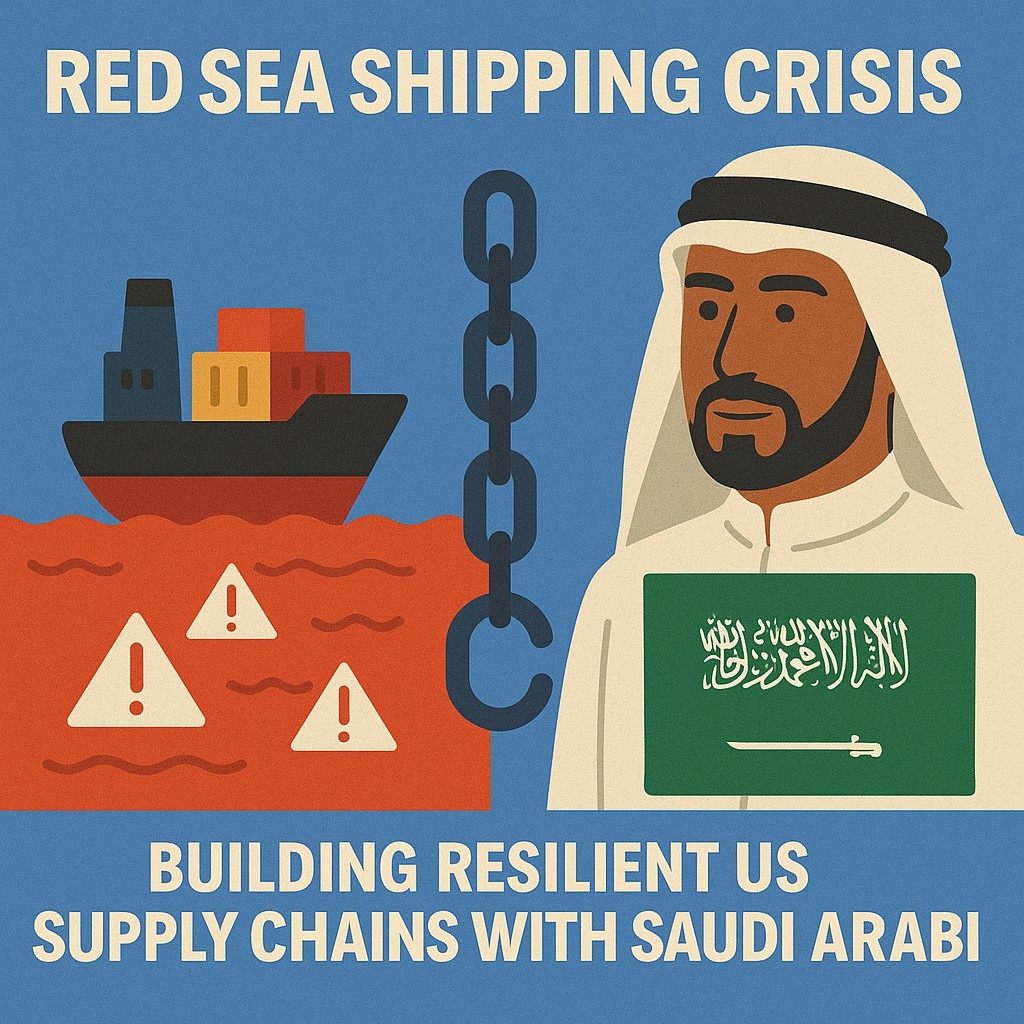Read in 3 mins
Did you know that approximately 50% of the world's steel production is utilized in building and infrastructure projects? Thus, steel is literally the supporting pillar of all infrastructure. That being said, when it comes to materials used for construction, manufacturing, and sometimes even everyday items, you likely hear the term carbon steel or cold-rolled steel thrown around.
Now, what would be the major differences between them, and how does it impact your choice to use one? Whether you're an engineer, a builder, or simply someone curious about materials used in everyday structures, understanding these differences can help you make an informed decision. Let’s break it down in simple terms and see why each type of steel stands out.
What is Carbon Steel?
Carbon steel is the most basic type of steel and is one of the majorly used and made from basically iron and carbon. The contents of carbon are the factors in carbon steel that influence its properties, and it further categorizes itself into three principal types based on the carbon contents.
-
Low Carbon Steel: This grade has less than 0.3% carbon. It's flexible and weldable and is used for most everyday items such as automobile parts, piping, and construction materials.
-
Medium Carbon Steel: It contains from 0.3% to 0.6% carbon. Strength and flexibility come in a well-balanced steel grade. Medium carbon steel finds application in machines, automobile parts, and other structural applications.
-
High Carbon Steel: This type of steel contains more than 0.6% carbon and is very strong but brittle. Therefore, it is used for making cutting tools, blades, and springs.
The most essential characteristic that distinguishes carbon steel from other types of steel is its carbon content. The higher the carbon, the stronger and more complex the steel becomes, but it also makes the steel challenging to shape and weld.
What is Cold-Rolled Steel?
Now that we’ve covered carbon steel, let’s talk about cold-rolled steel. Unlike other types of steel that go through hot rolling, cold-rolled steel is processed at room temperature. This unique finishing method makes a significant difference in the final product.
Cold rolling involves passing steel between rollers to reduce its thickness and shape it into sheets, coils, or plates. This results in a higher-quality steel with:
-
Improved strength due to work hardening during the rolling process
-
Enhanced precision and dimensional accuracy
-
A smoother, polished surface that’s more resistant to corrosion
Key Differences Between Carbon Steel and Cold-Rolled Steel
Although carbon steel and cold-rolled steel play essential roles in various industries, several differences are involved between the two.
-
Manufacturing Process
The most apparent difference lies in the production process. Carbon steel can be produced through a variety of processes, including both hot-rolling and cold-rolling. However, when we talk about cold-rolled steel, we are explicitly talking about steel that is shaped at room temperature. This process enhances the accuracy and quality of the surface of the steel.
-
Strength and Durability
Although both are steel, the strength of the steel can vary; cold-rolled steel is usually stronger than regular carbon steel because it has been through the cold-rolling process. The cooling that occurs after rolling at room temperature gives the steel strength and makes it more durable, which is ideal for applications that require high strength, such as in automotive and construction projects.
-
Surface Quality
The surface quality is another significant difference. Cold-rolled steel has a much smoother surface compared to regular carbon steel. The cold-rolling process helps eliminate any rough spots or imperfections, making it ideal for applications where appearance matters, such as in furniture or appliances. On the other hand, carbon steel that hasn’t gone through the cold-rolling process may have a more textured or rougher surface.
-
Applications
Because cold-rolled steel is cleaner, it tends to be used in applications that need high strength and also require a smooth, polished finish. It is used, for instance, in:
-
Car parts
-
Appliances for homes
-
Building frameworks
-
Furniture
Carbon steel, however, is more widely used in products such as pipes, construction beams, as well as parts of some machinery. Since its appearance does not matter that much, its strength becomes the priority, especially in large-scale projects.
-
Cost
Another key area of difference would be the cost factor. Cold-rolled steel tends to be costlier than ordinary carbon steel. This is attributed to the extra steps involved in the manufacturing process, which contribute to added time and labor for production. But for certain projects where strength, precision, and surface finish are critical, this higher price might be worthwhile.
Conclusion
The choice between carbon steel and cold-rolled steel really depends on your specific needs for the project. If the need is a high strength, yet surface finish and precision aren't as important, carbon steel can be the correct choice. In case you have a requirement that is more about a better surface, increased strength, and durability, the best option will be the steel cold-rolled.
At Gate Corpus, we understand the importance of quality materials for various industries, and we offer cold-rolled steel and other steel products to suit the requirements of various projects. It is important to choose the correct steel for construction, automotive, or manufacturing projects.
If you're unsure as to what kind of steel you need, don't hesitate to contact us. Our team will guide you in an expert direction and make sure you get the proper material for your next project.
Read More:





